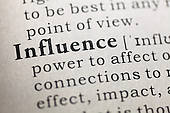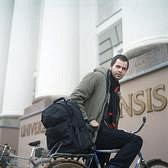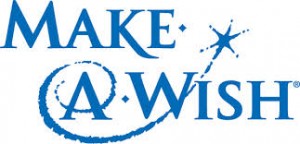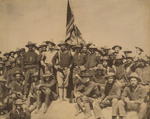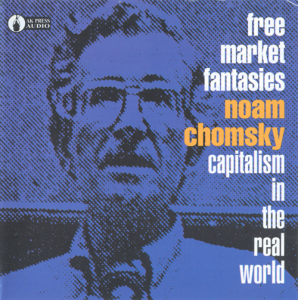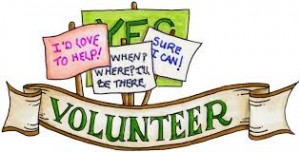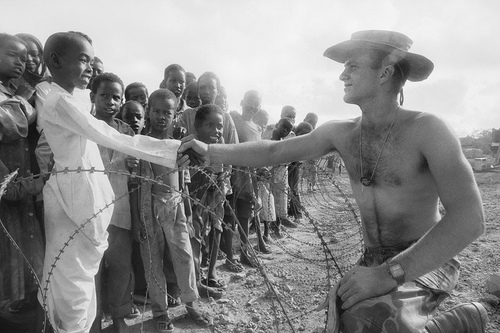Empowered volunteers must attempt to envision the future needs of their volunteer work force as well as where their pool of talented volunteers may be drawn from. A recent article in Forbes reflected on studies that by 2020 freelancers, that is those who are self-employed hires for businesses on short term projects will make up 40% of those employed. Bloomberg business also provided a video on how freelancers are being created from the unemployment disruption and how everyone from stay at home moms who want to return to the work force to out of work professionals are taking control of their employment future.
The explanation for the hustle economy goes something like this. Businesses have fixed costs that they would rather turn into variable costs. In most cases labor costs are fixed and many economy experts say that it is to everyone’s benefit to have locally outsourced freelancers come in and handle small projects rather than keeping a dedicated workforce in house for the same work. This benefits the company with lower costs of labor, insurance and health care costs and it is also supposed to benefit the laborer who freelances by freeing them from being employed by a business.
For employees who have lost their job in the recent economic downturn and now his or her job has been replaced by someone who wears what were formerly two or three “hats”, the job reentry barriers are high. Retraining into the multiple hat worker environment with complimentary skills is daunting for many laid off workers.
The newly created productivity shown by the remaining employees who took on additional job burdens during the downturn, hoping relief was only a short time away now find themselves facing a new business reality, employers have seen the productive pattern and have averted their eyes to the human costs of grinding overtime and always being “on call” to the human toll. After all, the employees can always be replaced, like a cog in a wheel is the prevailing opinion for many of the business owners participating in this new economy. Well, that is except for the shrill cry of businesses claiming that American workers are not well trained and don’t have the new skills to be hired.
For those individuals with the entrepreneurial bug, this new freelancing strategy, often cited as an off shoot of consulting will be a welcome adventure. But not every one likes to live on the edge, often being unable to pay for health care or any kind of 401K savings. Type “A” personalities with high energy and who are not risk adverse have in the past succeeded in this kind of atmosphere. But what about those who don’t have the skill set to compete in this new economy? Where do they learn public speaking, needed business skills, networking, and many other skills needed to succeed in this evolving economy?
Empowered volunteers have opportunities that fill the needs of the people who are going to drive the new hustle economy. These people will not likely come out of college already set up in networking 101, they will have to expand their network beyond their former peers. Those who want to succeed will need to practice leadership of small groups and short term projects. They will need sales skills that are perfect for the volunteer group needing to raise funds. In short, good volunteers often have or are seeking these very skills which the new economy is going to require from the participants who either seek or are forced into freelancing.
It seems that at some point in the future the economy will recover for most of us. If the hustle economy is going to drive the future, ensure that you have the skills and the endurance to compete and to survive. Volunteer, find the skills you need and practice the skills you will need. The charity your group supports will thank you, your associates will thank you, and lastly keep in mind the many health benefits you gain from proper volunteering. If you have not yet read my prior posts on the health benefits, feel free to check out the earlier posts.
As I write this, the government is in shutdown. Congress is divided like few times in our past. The potential for a dooms day economic collapse has seldom been greater. This would usher in times like the Great Depression and all of the human toll that history documented if our legislatures don’t find a way to cooperate.
Even if this dire set of circumstances is avoided again as it was recently with the stimulus infusions that are still very misunderstood, we will still be set with high unemployment and limited potential if a divided Congress continues to avoid taking any possible helpful action.
For better or worse, the future belongs to the bold and those who will challenge themselves to build something or start something. Many of those who venture into these uncharted waters will need to find the skills and they won’t be able to succeed if they do it through some kind of “hard knocks” university. Volunteering can help them tremendously.

How do we iron out the economy? Only good policy can do that and it is beyond the scope of our topic today. But one thing is sure, most people need to worry about their individual economy. That means their future and their future depends on other people in one way or another. We rise or fall together in the volunteer business just as we do as a society.
Examples of volunteer needs abound, here I present only a few. Rotary are full of business people and are often in need of fresh new faces, as are clubs which support landlords or other investment groups. Toastmasters have great programs which train speakers for business platforms of all kinds. Nearly all charity supported volunteer groups need fundraisers. Charities need members on the boards of directors for strategic planning, as well as accounting, investment advice, etc. From the worker who rallies the troops to the focused fundraiser, all positions are in need of filling in many volunteer groups.
In the hustle economy if you are merely hoping to remain home to watch the new TV season of shows, you are missing a great opportunity to network and to practice social skills that can make a huge impact on your future. Get out there and volunteer at least twice a month! You will be the better for having done so.





















